Shifting gears in narrow web — The Noel D'Cunha Sunday Column
As label converters push beyond their comfort zones, a panel of industry leaders at the LMAI Conference 2025 examined the future of narrow web printing, the impact of Gen Z, sustainability dilemmas, and the rise of digitalisation.
17 Jul 2025 | By Noel D'Cunha
India’s packaging sector, poised to reach USD 204.81-billion by 2025 with a 26.7% CAGR, commands attention at the Label Manufacturers Association of India (LMAI) Conference 2025, which unfolded from 3 to 6 July 2025 at the Fairmont in Udaipur. The panel discussion, “Narrow web label converting expanding to diverse applications,” moderated by Harveer Sahni of Weldon Celloplast, united six industry leaders: Priyata Raghavan (Sai Packaging), Mehzabin Nair (Skanem India), Stephene Royere (Kurz India), Hemant Paruchuri (Pragati Pack India), Ankit Gupta (Holostik), and Denver Annunciation (Janus International).
Under the theme, creativity-innovation-sustainability, the panel dissects how narrow web converting transcends self-adhesive labels, embracing applications like shrink sleeves, pouches, lamitubes, and in-mould labels (IML). The dialogues tackle engaging Gen Z, integrating AI, and balancing sustainability with cost pressures, reflecting an industry primed for transformation. Specific examples, such as RFID-enabled labels for supply chain tracking and anti-counterfeiting holograms for pharmaceuticals, anchor their insights.
Labels as experience creators, not just identifiers
Harveer Sahni, chairman of Weldon Celloplast and moderator of the panel, traced the journey from bottle tags to Stan Avery’s 1935 self-adhesive labels, a pivot that reshaped branding. The evolution of labels from glue-applied identifiers to self-adhesive canvases of storytelling was the perfect prologue to a session that aimed to look ahead, not back.
Priyata Raghavan, deputy CEO, Sai Packaging, redefined labels’ role, asserting, “Labels transcend identification; they craft experiences and ensure protection.” She sees narrow web converting as a growth engine, propelled by India’s youthful demographic, with 70% under 35.
Raghavan notes that engaging Gen Z, drawn to global brands like Nike's Air Jordans or Pop Mart’s Bucha toys, demands bold packaging, such as vibrant IML for snack containers.
Mehzabin Nair, managing director at Skanem India, agreed and pointed to the diversification of narrow web applications. “From flexo's early limitations, we now print on Lamitubes, shrink sleeves, and IML,” she said. These were once wide-web domains. “Narrow web has proven its capability,” she added, noting that digitalisation and AI will be the next frontier.
Stephane Royere, head of business area packaging and printing international sales at Kurz, explained that packaging decoration is moving in new directions. “Fully embellished self-adhesive labels are in demand, and the same expectations are moving to flexible packages and pouches,” he said. Royere mentioned Europe’s Packaging and Packaging Waste Regulation (PPWR) as a catalyst, pushing brands towards recyclable and paper-based substrates.
In India, this kind of shift is still nascent, but the intent is building. Royere spoke of decoration being done on the inside of shrink sleeves to improve recyclability. “Metallic effects are no longer restricted to labels,” he said. The aesthetics of high-end labelling are bleeding into newer substrates.
The cross-border flow of technology and consumer demand is breaking boundaries. For converters, staying confined to “just labels” could mean being left behind in the innovation race. “It is not just about what we grow. It is about why we exist,” Raghavan concluded.
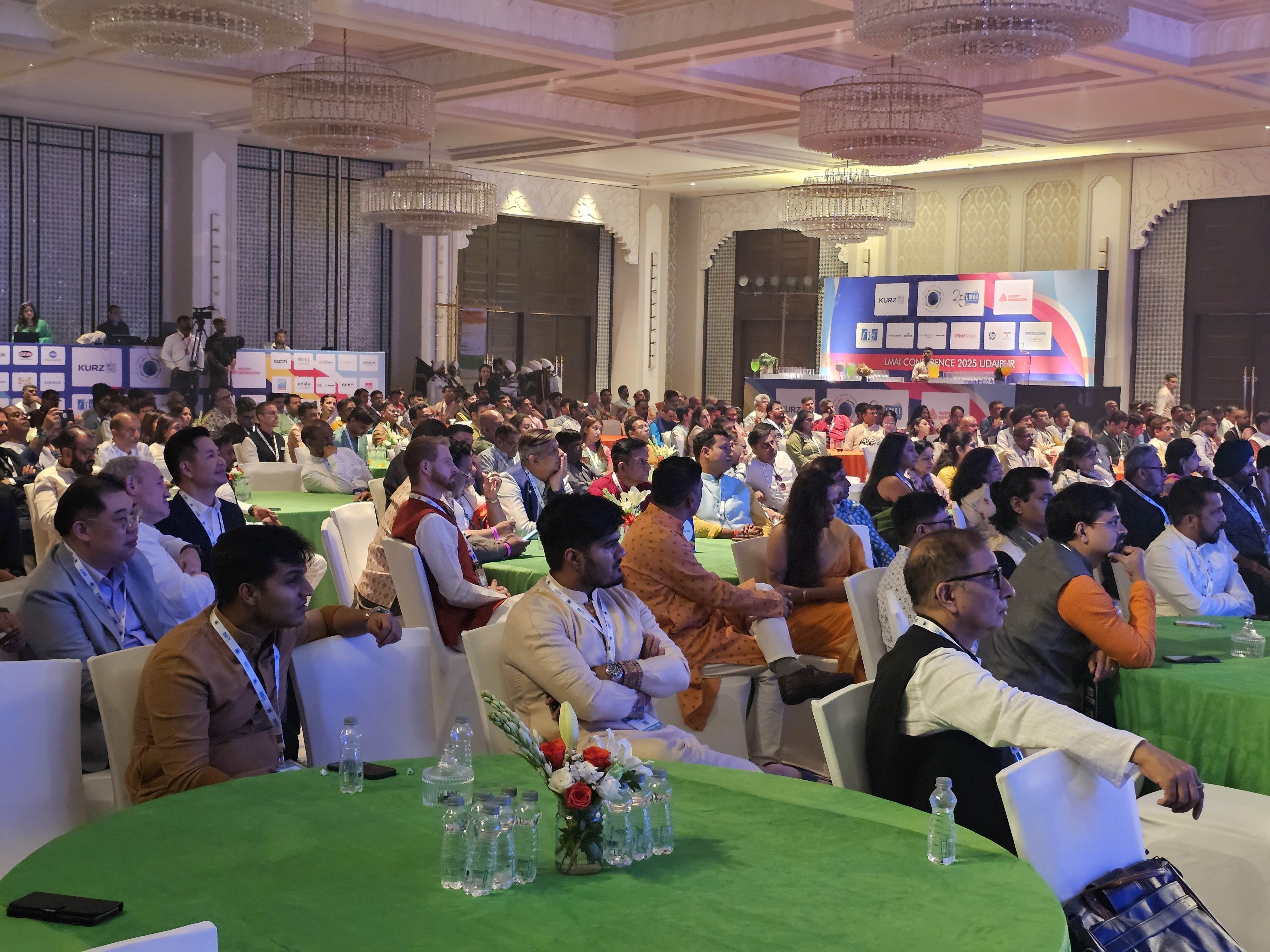
Pushing past limitations
Sahni probes breakthroughs, asking, “What major boundary does narrow web break, and what’s next?” Are converters on the path to becoming full-service packaging partners, or will they remain narrowly defined by their substrate?
The panellists pinpoint diversification into applications like lamitubes for toothpaste as a milestone, with digitisation and AI as the next frontier, showcasing the sector’s ability to surmount barriers.
Nair explains, “Narrow web printing once faced prepress constraints.” She notes that modern presses produce lamitubes for cosmetics and shrink sleeves for soft drinks, overcoming quality hurdles. Nair asserts that Skanem India harnesses these applications to deliver high-quality outputs across the FMCG and industrial sectors.
Royere observes, “Demand surges for flexible pouches for snacks, in paper and mono-materials.” Kurz India supports brands with sustainable substrates, driven by PPWR regulations. Royere argues that these pouches, used for products like nuts and dried fruits, align with global eco-friendly packaging trends.
Raghavan highlights Gen Z’s influence, noting, “Young consumers break boundaries, and we must follow.” India’s youth demand innovative designs for products like energy drinks with bold shrink sleeves. Raghavan emphasises that Sai Packaging creates resonant packaging to stay competitive in youthful markets.
Hemant Paruchuri, director at Pragati Pack, acknowledged the complexity. “We started in cartons before we entered labels, so our transition was backwards,” he said. For him, diversification starts with listening. “If your customer has an issue with a particular packaging format, can your infrastructure solve it? That is your cue.” Pragati Pack expanded into labels for personal care products like lotions, addressing market gaps. Paruchuri suggests that these applications capture new segments, enhancing market share through tailored solutions.
Ankit Gupta, director at Holostik, offered a compelling metaphor: “We tell our team to be doctors, not chemists.” In his view, this means diagnosing a customer’s need rather than pushing a predefined product. Gupta said Holostik’s evolution from a hologram manufacturer to a security label producer, and now to a solution provider, was deliberate and systematic.
He underlined the importance of internal alignment. “Our team had to stop thinking in silos,” he said. “We trained them to sell solutions, not just SKUs.” This transformation required more than training. It needed a philosophical shift. “Margins lie in solving problems, not just pushing product,” Gupta said.
Paruchuri reiterated the need to match customer expectations with infrastructure capabilities. “If your setup can meet a new packaging requirement, or if you can add capacity to do so, it is a business opportunity,” he said.
This model of proactive packaging partnership is where narrow web is heading. The converter of tomorrow cannot afford to offer just labels. The expectation is comprehensive, agile, and scalable packaging solutions.
The client wants it all, yesterday
The panel shifted focus to brand-side expectations. Denver Annunciation, director of strategic initiatives at Janus International, summed up the sentiment with clarity. “The buyer wants everything. At the lowest cost. Delivered yesterday,” he said.
Annunciation outlined the need for converters to push across every front — from people and equipment to processes and training. “You cannot win this game with one lever. You need a systemic play,” he said.
Royere confirmed that in developed markets, especially in Europe, this pressure is real. “There is demand for price and speed, but also for premiumisation and sustainability,” he said. The pressure is not singular. It is multi-dimensional.
The discussion turned to SKU agility. With brands launching micro-campaigns and regional variants, converters are forced to deal with increasingly complex order books. Shorter runs, faster changeovers and tighter margins are the new normal. Nair described how this trend is already reshaping press rooms. “Digitisation and AI will soon be essential. The presses need to handle these variables with precision,” she said.
Annunciation pointed out that buyer preferences have fragmented. “There is no single customer type anymore. Some want aesthetics, others want price,” he said. This segmentation has made it harder to standardise operations.
The clear message was that converters must build capacity not only in print but also in people. Brands want speed, scale and creativity, and the ones who can combine all three will win.
Diversification driven by pressure and promise
Sahni posed a vital question. Is diversification being driven by vision or by pricing pressure?
Gupta offered a realistic view. “In many cases, we are pushed into it. Margins are tight. Converters are moving from narrow web to mid and wide web,” he said. The economics are dictating expansion.
Nair argued that it is no longer about value creation but value addition. “Brand owners are willing to pay for aesthetics. The premiumisation trend is opening up new dialogues,” she said.
Raghavan flipped the frame. “We are being pushed not just by margins, but by Gen Z. Their expectations are disrupting everything,” she said. In her view, the market's evolving cultural dynamic is a bigger push factor than margins alone.
Annunciation explained how client requests can signal diversification opportunities. “If a customer asks you for a pouch or carton, that is a signal. They are not getting it elsewhere,” he said. “Our presses handle materials for sachets and laminates.” Janus International produces short-run packaging for single-serve condiments, serving smaller players. Annunciation asserts that this flexibility bridges a gap once filled by wide web presses.
Nair notes, “Value creation shifts to value addition.” Skanem India’s expansion into shrink sleeves for energy drinks and IML for dairy products reflects the brand's openness to premium aesthetics. Nair argues that these applications position converters as high-value solution providers.
Sahni noted that the opportunity lies in this intersection, where push becomes pull, and customer expectation becomes a new business vertical.
The panel agreed that diversification must be strategic. Chasing every format is not sustainable. But aligning one’s strength with unmet demand is a recipe for smart expansion.
Sustainability: rhetoric or reality?
Sahni tackles sustainability, noting, “Sustainability dominates discussions, but action lags.” He asks whether narrow web converters lead to material efficiency with applications like biodegradable labels, or if it remains aspirational, sparking a debate on tangible efforts.
Paruchuri observes, “Brands champion sustainability but baulk at costs.” He cites linerless labels for beverages, where brands expect savings yet resist applicator investments. The perception is that linerless means cheaper, not greener. Paruchuri argues that misconceptions about cost-free sustainability limit progress, with down-gauging a modest start.
Nair asserts, “Sustainability is our priority as responsible manufacturers.” Skanem India embeds eco-friendly practices in IML for dairy products, despite the labels’ minor role in packaging. Nair emphasises that sustainable applications are a core mission, driving end-to-end responsibility.
Raghavan highlights, “Roll balancing for labels saves costs.” Sai Packaging reduces waste in producing labels for personal care products without hefty investments. Raghavan suggests that these measures counter the notion that sustainability, like wash-off labels for bottles, is always expensive.
Royere notes, “European brands demand recycling. Sustainable can be affordable.” Kurz India’s eco-friendly foils for snack pouches meet PPWR-driven demands. Royere argues that these applications balance environmental goals with cost efficiency, maintaining aesthetic appeal.
Gupta explains, “Our biodegradable holograms for pharmaceuticals add value.” Holostik integrates sustainability into anti-counterfeiting solutions, enhancing profitability. Gupta suggests that these applications meet brand demands for eco-friendly security, boosting trust and competitiveness.
Annunciation points out, “Equipment innovations meet sustainability goals.” Janus International uses automation to cut waste in producing sachets for cosmetics. Annunciation asserts that these advancements ensure eco-friendly applications maintain quality and efficiency.
Sahni remarks, “Sustainability costs fall on converters, not buyers.” Nair agrees, emphasising, “We bear the cost. Waiting stifles progress.” She argues that converters must lead with applications like recyclable pouches for dry goods to drive meaningful change.
Paruchuri adds, “We’re only scratching the surface.” He suggests that while material efficiency in labels for household goods advances, broader adoption requires educating brands on long-term benefits. Paruchuri stresses that leadership is vital for sustainable progress.
The discussion highlights that sustainability demands bold innovation. The panellists assert that narrow web converters lead with eco-friendly applications like IML for reusable containers, pushing the industry forward despite economic hurdles.
Functional packaging’s next frontier
Sahni explores functional packaging, asking, “Can narrow web’s future lie in high-value functional applications?” The panellists see vast potential in blending functionality with aesthetics through applications like RFID labels for retail and tamper-evident seals for drugs.
Gupta highlights, “We specialise in anti-counterfeiting for pharmaceuticals.” Holostik’s biodegradable holograms merge security, sustainability, and aesthetics. Gupta argues that these applications boost profitability by meeting brand needs for trust and differentiation.
Royere notes, “Decoration connects products with consumers.” Kurz India’s foils for premium tea packaging enhance visual and tactile appeal. Royere suggests that these sustainable applications align with market demands for eco-friendly, high-value packaging.
Raghavan explains, “Complex designs deter counterfeiting in alcohol packaging.” Sai Packaging uses intricate labels for spirits as a first defence. Raghavan asserts that versatile machines and wash-off labels meet compliance and aesthetic needs in high-volume sectors.
Nair observes, “Barcode labels enable interactions from selection to payment.” Skanem India’s RFID labels for electronics enhance consumer engagement and supply chain efficiency. Nair argues that these intelligent applications mark a shift towards functional packaging.
Paruchuri emphasises, “Labels required heavy back-end system work.” Pragati Pack adapts operations for carton and label applications in personal care. Paruchuri suggests that this integration ensures functional packaging meets diverse brand requirements.
Annunciation points out, “We handle 12 microns to 400 GSM for sachets.” Janus International explores applications like laminates for single-serve cosmetics. Annunciation argues that this versatility serves short-run needs, expanding the narrow web’s reach.
Sahni questions dilution risks, asking, “Do we dilute narrow web’s value by targeting everyone?” Annunciation responds, “Short and medium runs have a market.” He asserts that niche applications like IML for dairy keep converters relevant without overextending.
Gupta adds, “Overt, covert, and forensic technologies are key.” Holostik’s solutions for rural markets, like tamper-evident labels for consumer goods, prioritise physical authentication. Gupta suggests that these applications ensure accessibility and trust.
Raghavan highlights, “Inks and foils expand capabilities.” Sai Packaging leverages advancements for functional labels in craft beverages. Raghavan argues that these innovations meet alcohol sector demands for speed, compliance, and aesthetics.
AI and digitisation: The next leap
Sahni addresses emerging technologies, asking, “What competencies do narrow web converters need for AI and digital twins?” The panellists identify digitisation as critical, with applications like RFID labels for supply chains driving competitiveness.
Nair asserts, “AI and digitisation lead the way. Labels turn intelligent.” Skanem India adopts RFID labels for retail tracking, enabling seamless consumer interactions. Nair suggests that these applications boost functionality and efficiency, positioning narrow web as an innovation leader.
Paruchuri notes, “Large language models have limited packaging applications.” He predicts that company-specific AI will optimise tasks like colour scheduling for IML production. Paruchuri emphasises that converters must digitise data to harness efficiencies in high-volume applications.
Raghavan highlights, “Intelligent quality control will transform efficiency.” Sai Packaging digitises operations for AI-driven label production for alcohol brands. Raghavan argues that these advancements are vital for speed and precision in competitive sectors.
Gupta points out, “IT systems ensure transparency.” Holostik’s digital anti-counterfeiting labels for pharmaceuticals enhance trust in rural markets. Gupta argues that these applications maintain accessibility for consumers relying on physical authentication.
Annunciation explains, “Equipment silos track profitability.” Janus International monitors technology impacts for sachet production. Annunciation asserts that this data-driven approach guides AI and automation investments for niche applications.
Legacy, succession and the next generation
In the final segment, Sahni posed a heartfelt question. What advice would you give to second-generation converters entering the business?
Annunciation, whose brother is his business partner, said his father gave them freedom early. “He created a platform, but let us take the reins. That ownership without conflict made the difference,” he said.
Raghavan said the next generation is already dreaming bigger. “If you try to limit their vision, they will want more. And that is good,” she said. Her view was that younger professionals will be more aligned with brand expectations and will demand broader, more integrated packaging solutions.
Gupta offered a structured approach. “There are two paths. One is bottom-up, where the next-gen works on the shop floor first. The other is shadowing the leadership. Ideally, you mix both,” he said. Empowerment, he stressed, should be earned.
Can India define its own premium?
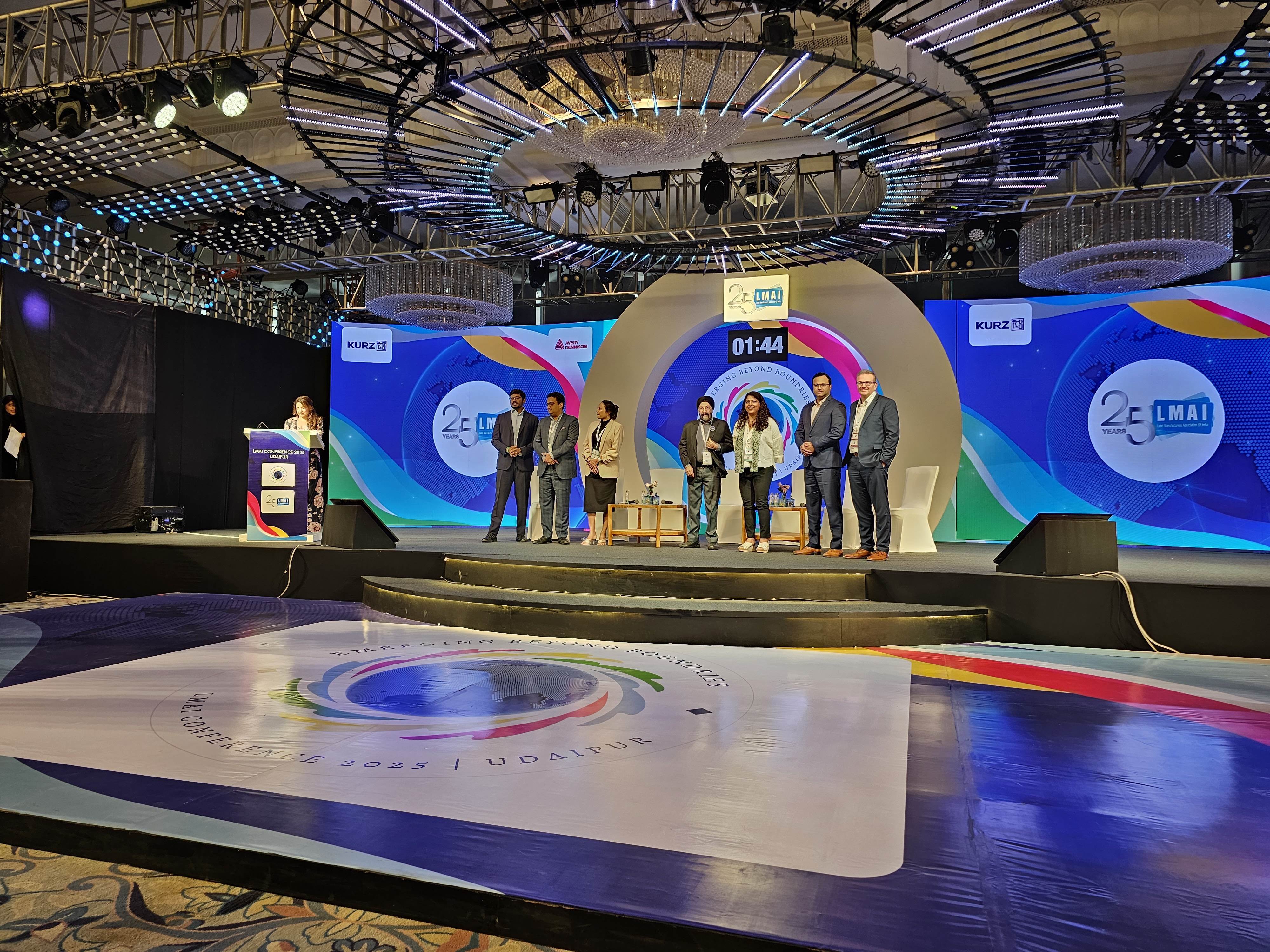
Royere challenged the room. "Why mimic Berlin when India has rich aesthetic traditions?" Paruchuri stressed process over polish. Pragati’s automation ensures repeatable quality. Raghavan noted Gen Z’s demand for "local soul, global finish," like Sai’s copper-embossed handloom packs.
Annunciation issued a rallying cry. "If we don’t build an Indian premium code, others will define it for us," Gupta added that security must adapt regionally. A Mumbai hologram may flop in Patna.
Nair reframed the premium itself. "It should mean thoughtful, not expensive."
Sahni’s parting wisdom? "Premium isn’t a look. It’s a system. And everyone in that system must take responsibility."









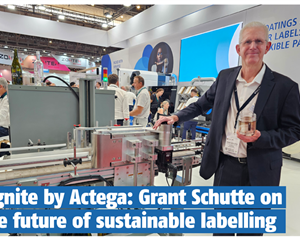
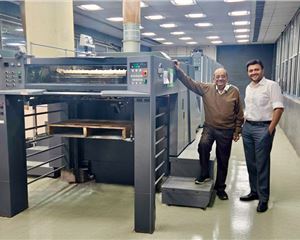
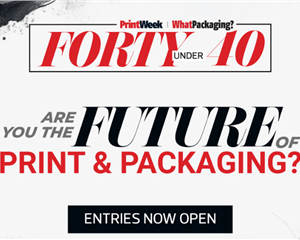
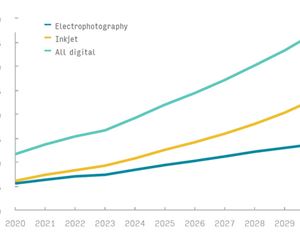
 See All
See All